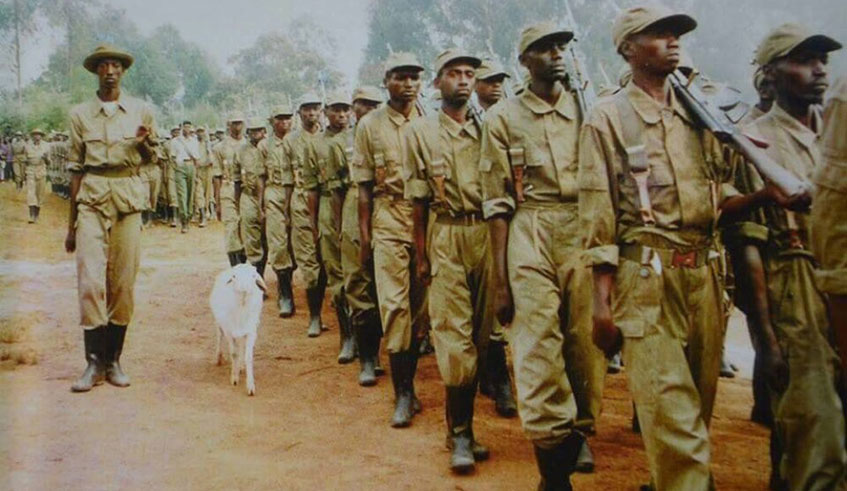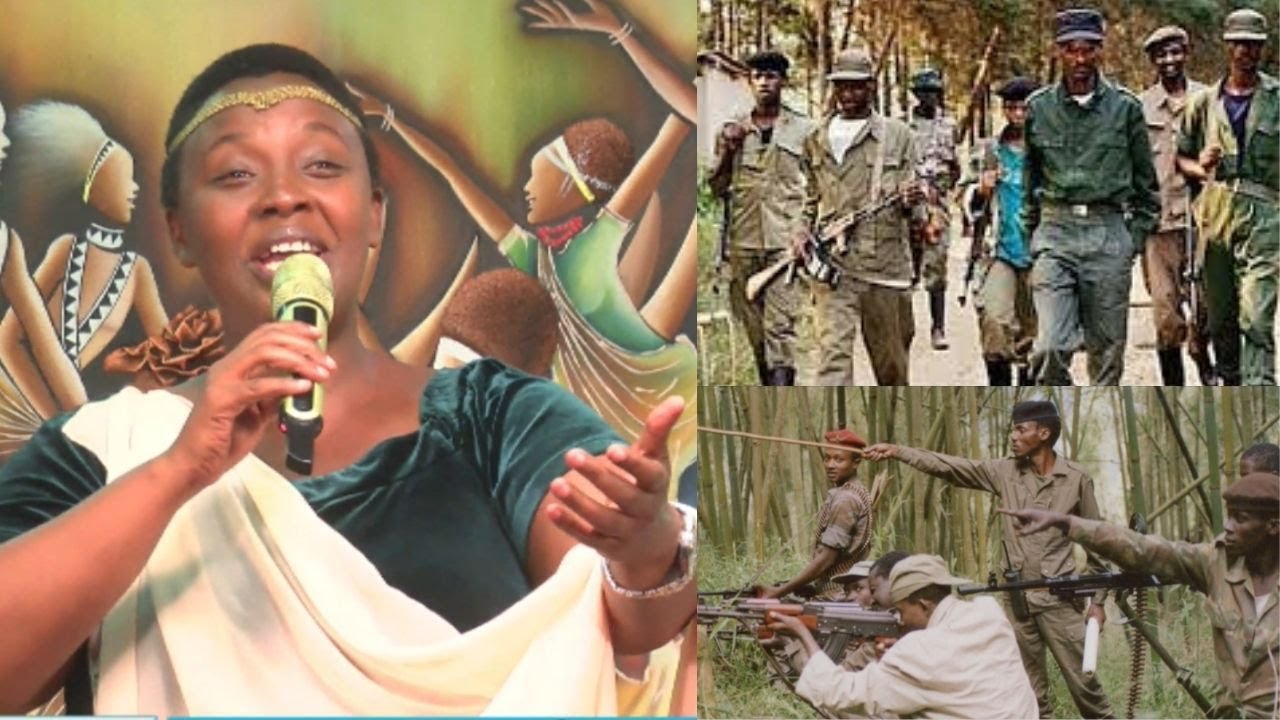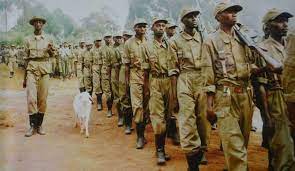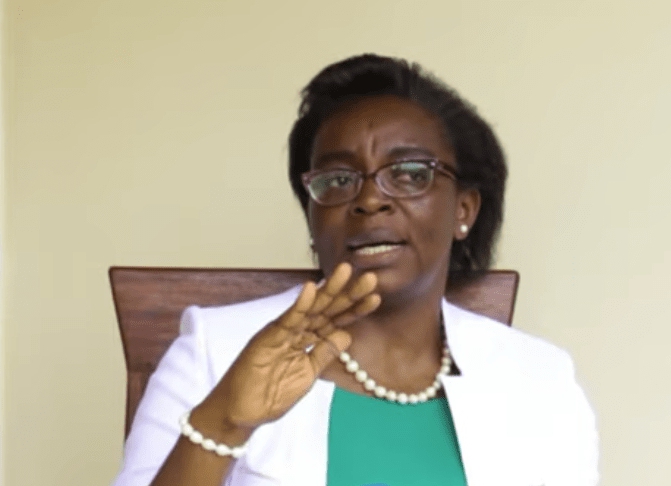Regional
Liberation: RPF’s 600 troops inside Habyarimana’s parliamentary buildings, how events unfloded…
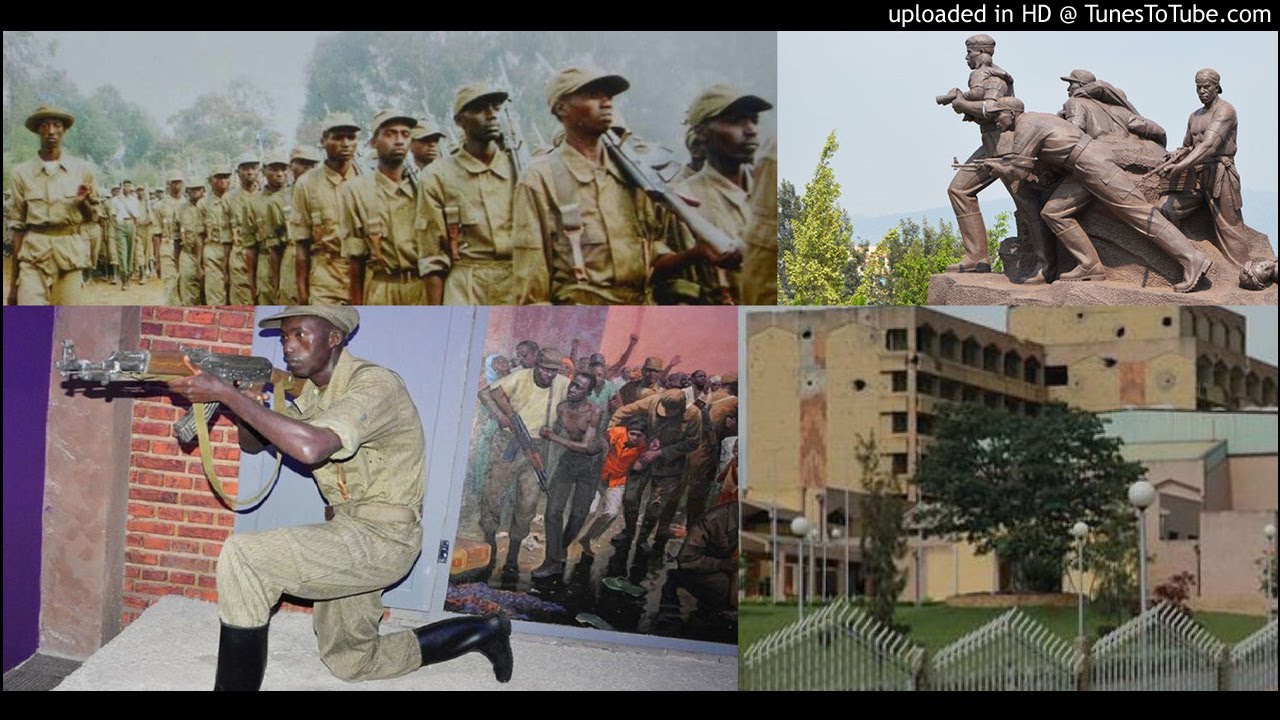
Following the signing of the Arusha Peace Agreement on August
4, 1993, between then Government of Rwanda led by Juvénal
Habyarimana and the Rwandese Patriotic Front, the latter sent its politicians
and a protection unit comprising 600 troops to Kigali for implementation of
that peace agreement.
Arriving in Kigali on October 28, 1993, the politicians
and troops were accommodated in the Parliamentary buildings (former CND) under
the protection of the then UN mission in Rwanda (MINUAR).
The Arusha accords aimed at establishing the Broad-Based
Transitional Government which would see RPF members in government institutions.
The Transitional Institutions had to be set up within 37
days following the signing of the Peace Agreement.
Unfortunately, the genocidal government failed to comply
with the Agreement, and on January 5, 1994, Habyarimana was sworn in as
President.
Violence escalated nationwide, mainly targeting the
Tutsi.
After the clashing of the Falcon 50 plane carrying
Habyarimana in the night of April 6, 1994; the Tutsi were massively killed by
Interahamwe and Impuzamugambi militia, army, gendarmes and Police.
The CND, where RPF’s politicians and 600 troops were,
became the main target of Habyarimana’s forces especially the presidential
guards.
The people inside sought safety in the CND basement
during shelling which was increasing. The buildings’ blocks were heavily
smashed by bombs.
Worse still, the genocidal government switched off power
and water supply to CND.
On April 7, around 3:00pm, Gen Paul Kagame who was
leading the RPF, ordered the troops to break out of their initial positions in
CND to defend themselves and rescue people in the neighborhood.
Eagle company advanced towards Remera to rescue people
who sought refuge in Amahoro stadium, while Charlie company advanced towards
the genocidal regime’s presidential guards who were attacking from Camp Kacyiru
and Camp Kami.
All the four companies continued attacks until
reinforcements of other RPA battalions arrived from the north on April 11.
After linking with forces from north, RPA captured Mount
Rebero on April 12 and opened the CND-Kicukiro-Nyanza-Rebero corridor.
Mount Rebero was not only a dominating feature in the
capital, but also the base of elite FAR artillery positions. It was the jewel
in the crown of the genocidal army. Attacks by RPA to rescue civilians went on
in different neighborhoods of Kigali as well as capturing strongholds of genocidal
forces.
From April 11 to May 20, Bravo Company led the battle to
capture Mount Jali.
On the night of May 22, 1994, Camp Kanombe and Kanombe Airport
were captured. Kanombe was the genocidal government army’s main logistics base
and home to Special Forces, and its capture meant cutting off vital military supplies
to other FAR positions.
Mount Kigali was also captured after RPA attacked it from
different directions at around 6a.m on July 4, 1994, dislodging FAR from the
hugely strategic terrain around 10a.m the same day.
Mount Kigali was the base of FAR’s long-range artillery
and it was instrumental in the genocidal forces holding onto other positions
like Camp Kigali.
While the fighting at Mount Kigali lasted for about five
hours, the RPA had gradually weakened the base, following the capture of
several other key military installations in and around the city.
On July 4, RPA effectively liberated the capital city.



.jpg-20220704102136000000.jpg)
.jpg-20220704104610000000.jpg)
